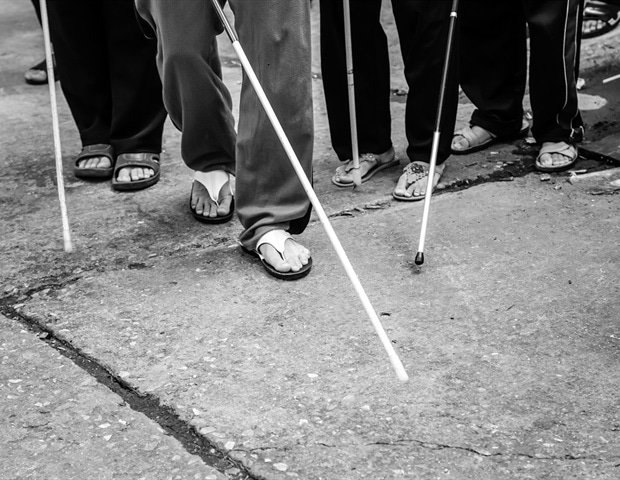For the first time, University of California, Irvine researchers in collaboration with the Max-Planck Institute of Biochemistry, have revealed, at a molecular level, key structural determinants of the highly specialized rod outer segment (ROS) membrane architecture of the eye, which is instrumental to vision.
Published in eLife, the study, titled "Determinants shaping the nanoscale architecture of the mouse rod outer segment," provides an understanding of the mechanisms underlying the pathologies of certain gene mutations. These mutations, found within genes encoding the key structural proteins in the ROS membrane, have been shown to lead to blindness.
Our findings indicate that these gene mutations could impede or completely prevent disk morphogenesis which, in turn, would disrupt the structural integrity of ROS, compromise the viability of the retina and ultimately lead to blindness. This study gives us insight into how the viability of the retina is compromised by diseases, like retinitis pigmentosa and Stargardt disease, that affect structural proteins including peripherin of ABCA4. Armed with this data, we can now target new therapeutic approaches aimed at treating or potentially curing blindness."
Krzysztof Palczewski, PhD, Donald Bren Professor of Ophthalmology at the UCI School of Medicine and corresponding author
The highly ordered ultrastructure of ROS was described more than five years ago, however its organization on the molecular level remained poorly understood, until now. Utilizing cryo-electron tomography (cryo-ET) and a new sample preparation method, the UCI-led team was able to obtain molecular resolution images of ROS.
"Cryo-ET enabled us to image rim disc structures and to quantitatively assess the connectors between disks revealing the molecular landscape in ROS, including connectors between ROS disk membranes," explained Palczewski. "With this information, we are able to address open questions regarding the close disk stacking and the high membrane curvature at disk rims, which are specialized and essential structural characteristics of ROS."
Ongoing research, including studies involving humans, is necessary to test these new findings. However, preliminary indications are that new therapeutic approaches will most likely involve gene editing technologies, rather than gene augmentation or pharmacological interventions.
This research was supported by grants from the CIFAR program Molecular Architecture of Life, the National Institutes of Health and the Research to Prevent Blindness organization.
University of California, Irvine
Posted in: Molecular & Structural Biology | Biochemistry
Tags: Biochemistry, Blindness, Electron, Eye, Gene, Genes, Medicine, Membrane, Ophthalmology, Research, Retinitis Pigmentosa, Sample Preparation, Stargardt Disease, Tomography
Source: Read Full Article
